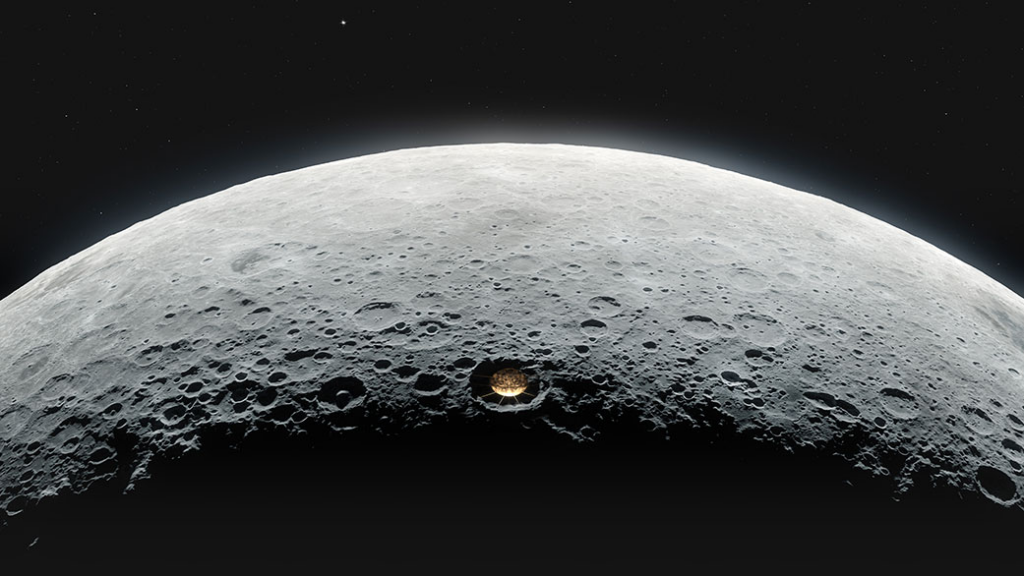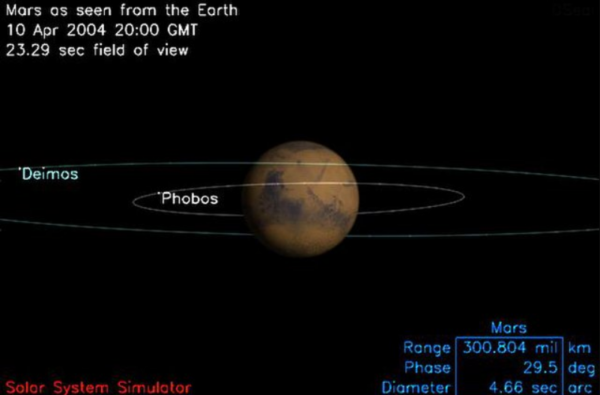The UAE Hope spacecraft has reached previously unexplored territory. Monday, the team behind the Emirates Mars Mission released new data and images that reveal a previously unknown feature of Mars’s smaller moon Deimos and provide evidence of its peculiar origin.
The Emirates Mars Mission (EMM) reports that their probe, named “Al-Amal” or “Hope” in Arabic, came as near as 110 kilometers (68 miles) to Deimos, a bean-shaped, 12-kilometer-wide rocky object.
The spacecraft used instruments that measure infrared and ultraviolet wavelengths to transmit back to Earth the most accurate images and observations ever obtained of Deimos.

Description of Hope Probe
The Hope spacecraft, also known as the Emirates Mars Mission, has been orbiting Mars since February 9, 2021. Its primary mission is to investigate the Martian climate and atmosphere, with a focus on comprehending the planet’s weather patterns and climate shifts.
The Hope crew occasionally uses the Emirates eXploration Imager (EXI), a high-resolution camera aboard the spacecraft, to photograph the planet’s moons from orbit.

Recently Published Images from the Hope Probe
The newly released images captured by the EXI camera on the Hope probe reveal a large indentation on the far side of Deimos, which is far from Mars and remains mainly unexplored.
Additionally, there are a few pockets of craters of differing sizes. During the series of fly-bys, the Hope orbiter came as near to the surface as 100 kilometers (62 miles).
Impact Capture Theorem
Scientists have a prevalent theory regarding the origin of Deimos and its companion moon Phobos. The formation of these two moons is believed to have been caused by a massive impact event that occurred billions of years ago.
This theory is known as the “impact capture” hypothesis and proposes that Phobos and Deimos were once asteroids that were captured by the gravity of Mars, thereby becoming the planet’s moons.

Hope’s science lead, Hessa Al Matroushi, stated, “How exactly they came to be in their current orbits is also an active area of research, so any new information we can gain on the two moons, particularly the less frequently observed Deimos, has the potential to unlock new understanding of Mars’ satellites.”
In addition, he stated, “Our close observations of Deimos thus far point to a planetary origin rather than the composition of a type D asteroid, as had been hypothesized.”
More Fly-bys Will Occur in the Future
In the coming years, the Hope team intends to conduct additional fly-bys of the mysterious moon Deimos, which will help scientists better comprehend its origin. Throughout 2024, these additional fly-bys are scheduled to occur.

